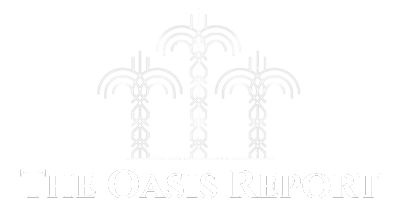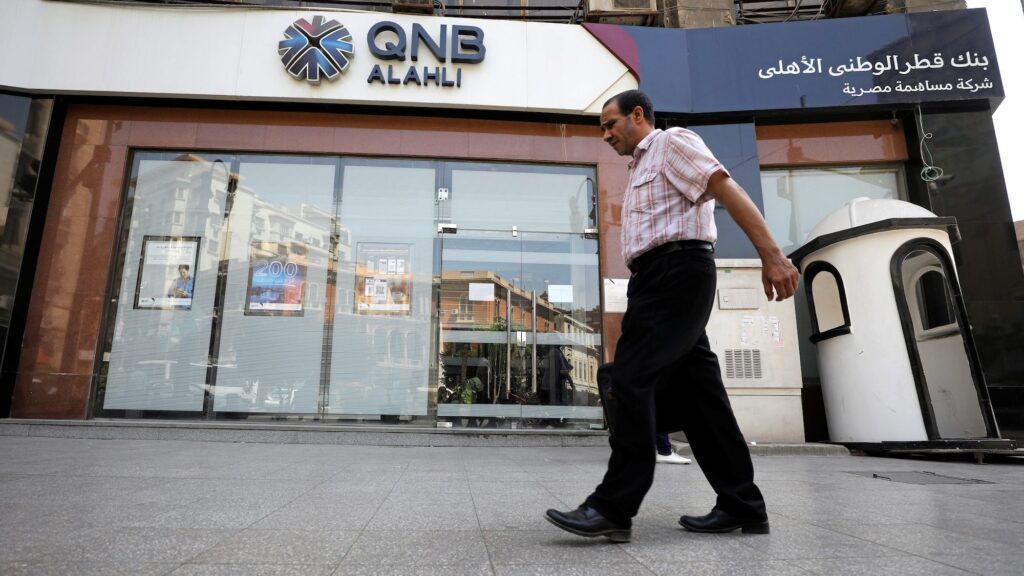Bumper Q1 profits for Gulf banks
Lenders vulnerable to rate cuts
UAE and Qatar under pressure
Many Gulf banks reported bumper first-quarter profits thanks to increased lending. But Qatari and Emirati lenders are the most vulnerable to expected interest rate cuts.
Kuwaiti dinar aside, the five other Gulf currencies are pegged to the dollar, so their countries’ benchmark interest rates mirror those of the United States.
The rapid rise in US rates – from near zero in early 2022 to a 24-year high of 5.25-5.5 percent in mid-2023 – boosted regional banks’ net interest margins and consequently their profits.
Now though the reverse is true, with US Federal Reserve officials forecasting two further rate cuts this year.
The benchmark rate is 4.25-4.5 percent following reductions in late 2024.
Last year’s cuts were felt acutely in Qatar due to market peculiarities, says Elena Sanchez-Cabezudo, head of financials and equity research in the Middle East and North Africa at EFG Hermes financial services in Dubai.
Only about 10 percent of Qatar’s 3.1 million people are nationals, with expatriates commonly remitting much of their income. Consequently, bank deposits are highly concentrated among government-related entities, corporations and wealthy individuals.
“They tend to have significant bargaining power when it comes to changes in interest rates,” says Sanchez-Cabezudo. “When rates are falling, they will demand that cuts are reflected quickly in the pricing of their borrowing but won’t accept so easily reductions in interest rates on their deposits.”
This phenomenon impacts some Qatari banks more than others, with the Islamic bank Al Rayan among the most vulnerable, says Sanchez-Cabezudo.
Analyst Morningstar predicts the US benchmark rate will fall a further 1 percentage point by the end of 2026.
The net interest margin, or NIM, is an important banking industry metric. In simple terms, it shows the spread between the interest rate a bank charges on its lending and the interest rate it pays on customer deposits.
Banks reprice the interest rates they charge on loans quicker than what they pay on deposits. Higher interest rates and interest rate rises therefore tend to lead to bigger margins, and vice versa when the reverse is true.
But there are other factors to consider.
These include tight lending conditions, as is the case in Saudi Arabia. Loan growth there far outstrips deposit growth, so banks have been slower to reduce interest rates on time accounts to attract and retain a greater share of deposits.
Time accounts — as they are known in the Middle East, but usually called fixed term deposit accounts elsewhere — refer to those where deposits cannot be withdrawn for a fixed period – commonly three, six or 12 months.
UAE banks are also among those most affected in the Gulf by falling interest rates.
This is because corporate borrowing makes up a larger portion of their lending. These loans are on variable rates, so reprice swiftly after benchmark interest rate cuts.
UAE bank deposits are mostly current and savings accounts – known as Casa – which pay zero or little interest, so rate cuts do little to reduce the cost of deposits for banks.
Consequently, when benchmark rates fall, UAE banks’ net interest margins come under more pressure than elsewhere in the Gulf.
“UAE banks can’t lower their funding costs significantly, although reduced interest rates should boost borrowing demand which partly offsets the impact of falling margins on earnings,” says Sanchez-Cabezudo.
UAE banks’ deposits totalled AED2.1 trillion ($572 billion) as of February, the most recent central bank data shows.
Of these AED1.25 trillion were Casa and AED836 billion were in higher-interest-bearing timed deposit accounts.



